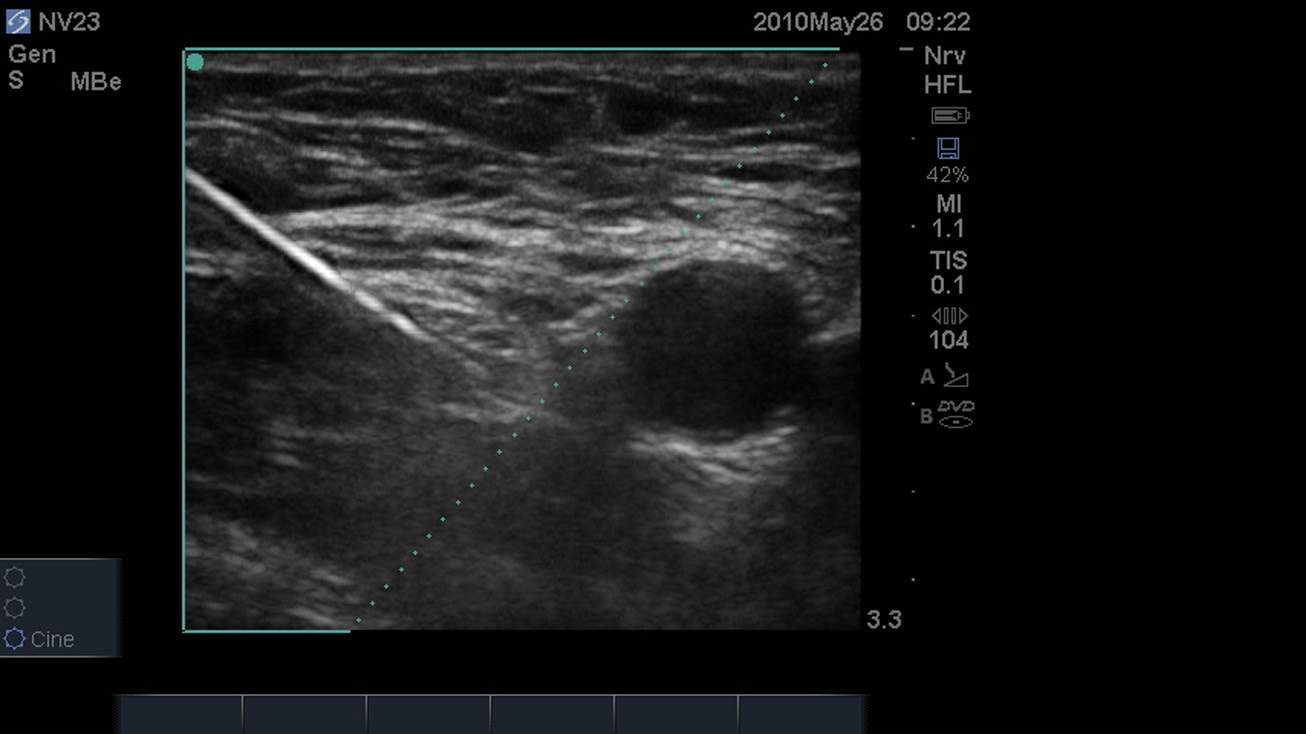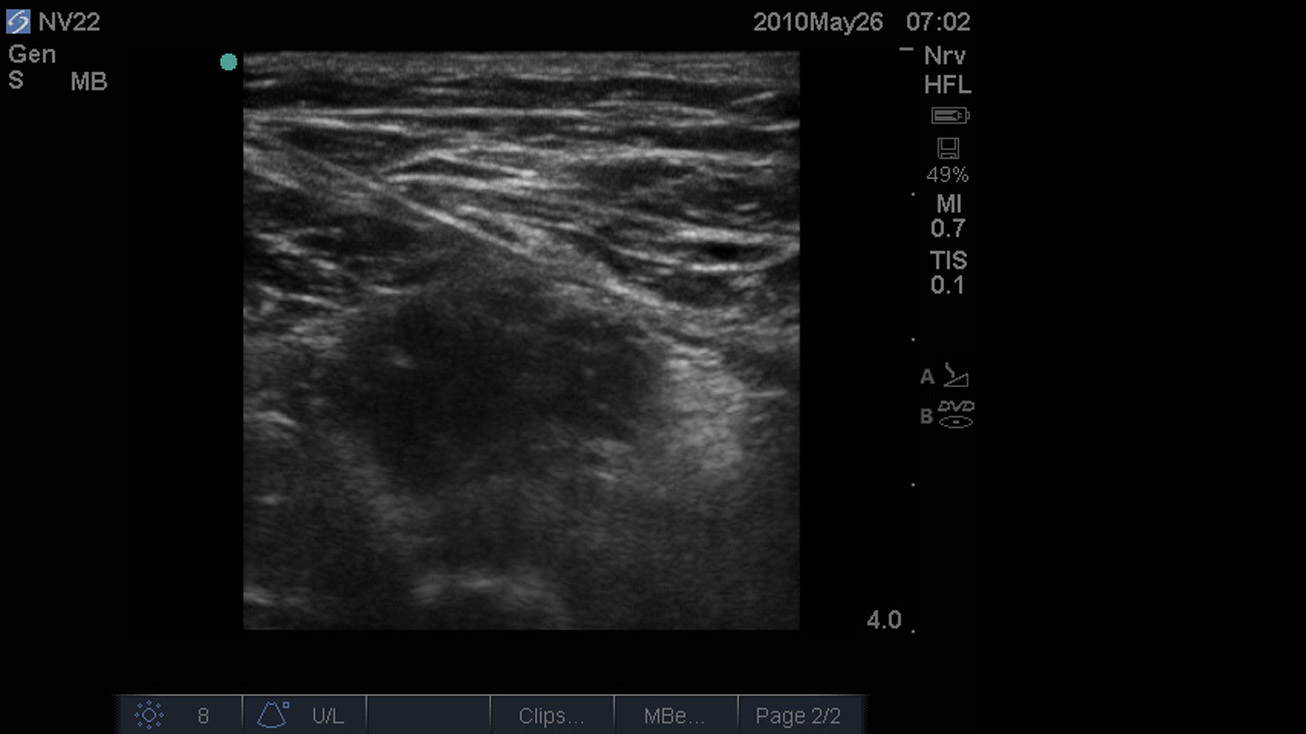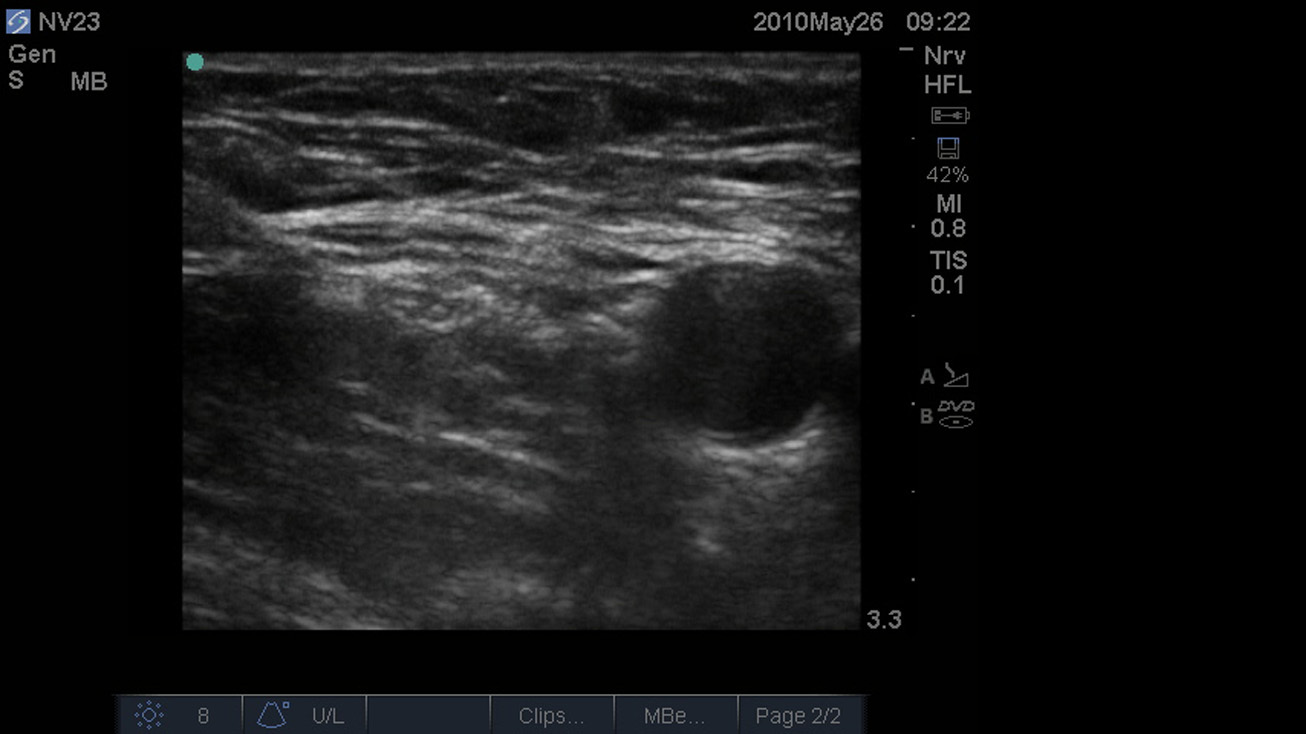SonoMBe On - Steep Femoral Nerve 3cm
SonoMBe On - Steep Femoral Nerve 3cm

/sites/default/files/SonoMBe_on_Steep_Femoral_Nerve_3_cm.jpeg
Clinical Specialties
Media Library Type
Compatible Products



